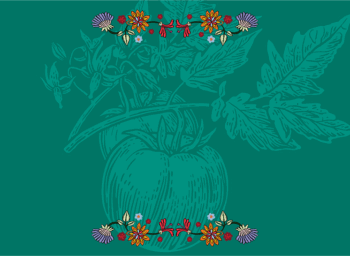We’re thrilled to mark Hispanic Heritage Month with something truly special: the release of Buen Provecho, a digital cookbook made entirely by members of our culinary teams across the country who proudly identify as Hispanic or Latinx.
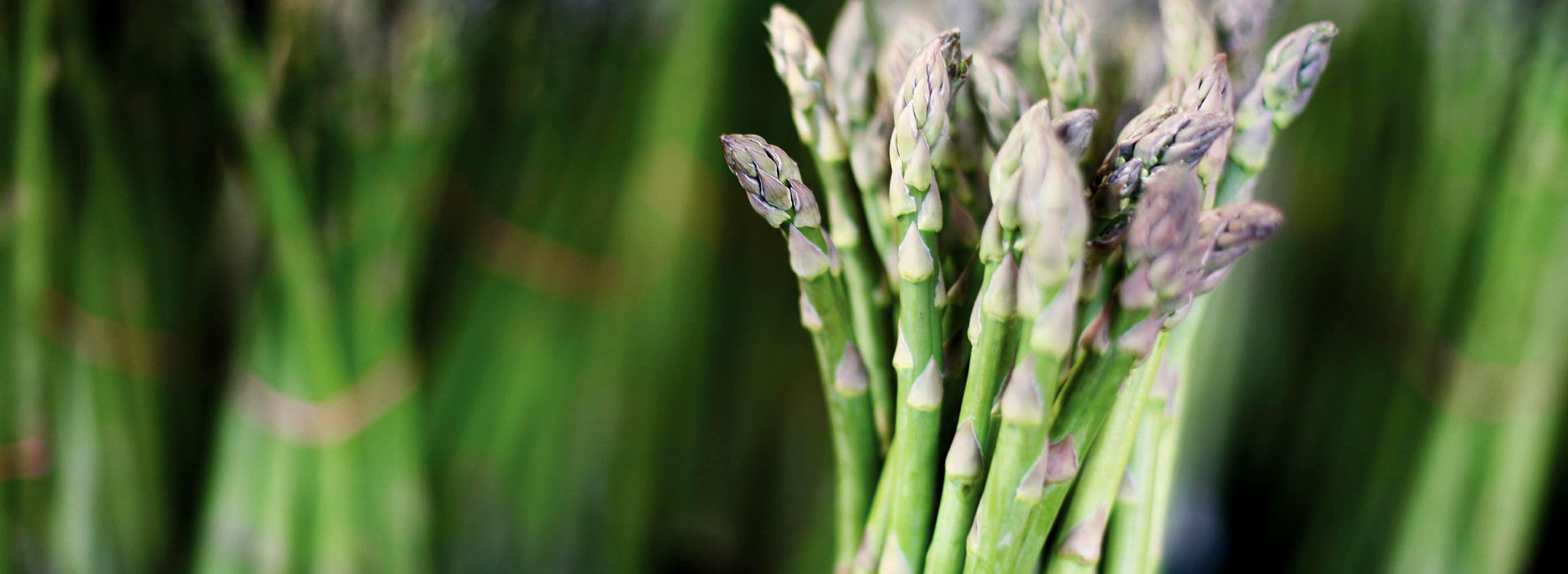
Blog: Food and Drink
+ Blog Categories
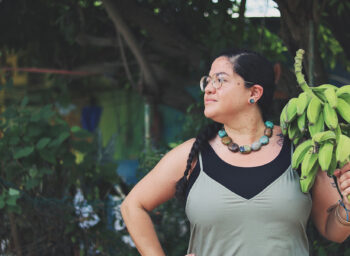
Von Diaz Celebrates Island Cooking with Resilient Recipes
- Blog
We are thrilled for the chance to highlight a collection of recipes published by Von Diaz from two of her recent cookbooks, Islas: A Celebration of Tropical Cooking, and as a contributor to Tasty Pride.

A Plant-Forward Evolution for Andrea Nguyen
- Blog
We were thrilled for the chance to chat with cookbook author Andrea Nguyen, our 2025 partner for AAPI Heritage Month.

Recipe Sneak Peek from Ever-Green Vietnamese
- Blog
Grounded in Viet foundations of flexitarian eating and no-waste cooking, Ever-Green Vietnamese is Andrea Nguyen’s latest cookbook that explores innovative twists on classic dishes that are both delicious and exciting (or hấp dẫn in Vietnamese)!

Author Andrea Nguyen Centers Plants from Land and Sea
- Blog
We are elated for the chance to partner with Andrea Nguyen for Asian American and Pacific Islander Heritage Month and to highlight some of her delicious, inventive recipes published in her brand-new cookbook, Ever-Green Vietnamese.

Serving up Soil Superheroes for Earth Day
- Blog
This year’s Earth Day celebration highlighted the importance of soil health for food production and the environment, giving our chefs the chance to “dig in” to our year-round commitment to support a more sustainable food system.
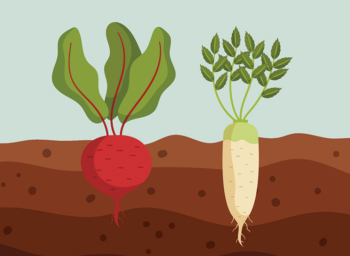
Cooking with Cover Crops
- Blog
Did you know that many plants used as cover crops are also edible (and delicious)?

From the Field: Penn Dining Doubles Down on Plant-Forward Competition
- Blog
Penn Dining chefs competed in their second annual Wellness Cup Competition, showcasing their plant-forward spin on an American classic: the burger. The winning dish was a true Bon Appétit classic, featuring seasonality, waste diversion, and teamwork — all on one plate.

Shining a Light on Seafood Superstars on our College Campuses
- Blog
Our chefs on college campuses around the country have the unique responsibility to expand the minds and palates of an emerging generation, and an opportunity to educate students about the importance (and deliciousness) of sustainably sourced seafood options, both wild-caught or farmed, that are served in their campus cafés.
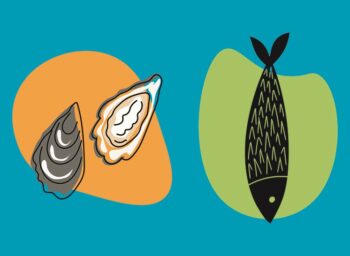
Fished or Farmed: A Q&A Deep Dive with Seafood Watch
- Blog
Bon Appétit Management Company has long relied on Monterey Bay Aquarium’s Seafood Watch guidelines to inform our sustainable seafood purchasing. The Seafood Watch program scientifically assesses the environmental sustainability of seafood products on the U.S. market and then uses those findings to transform how seafood is fished and farmed. Commitments like ours at Bon Appétit — and our chefs’ efforts to put those promises into action — help push the needle on seafood sustainability so that people and planet can thrive for the long term.
